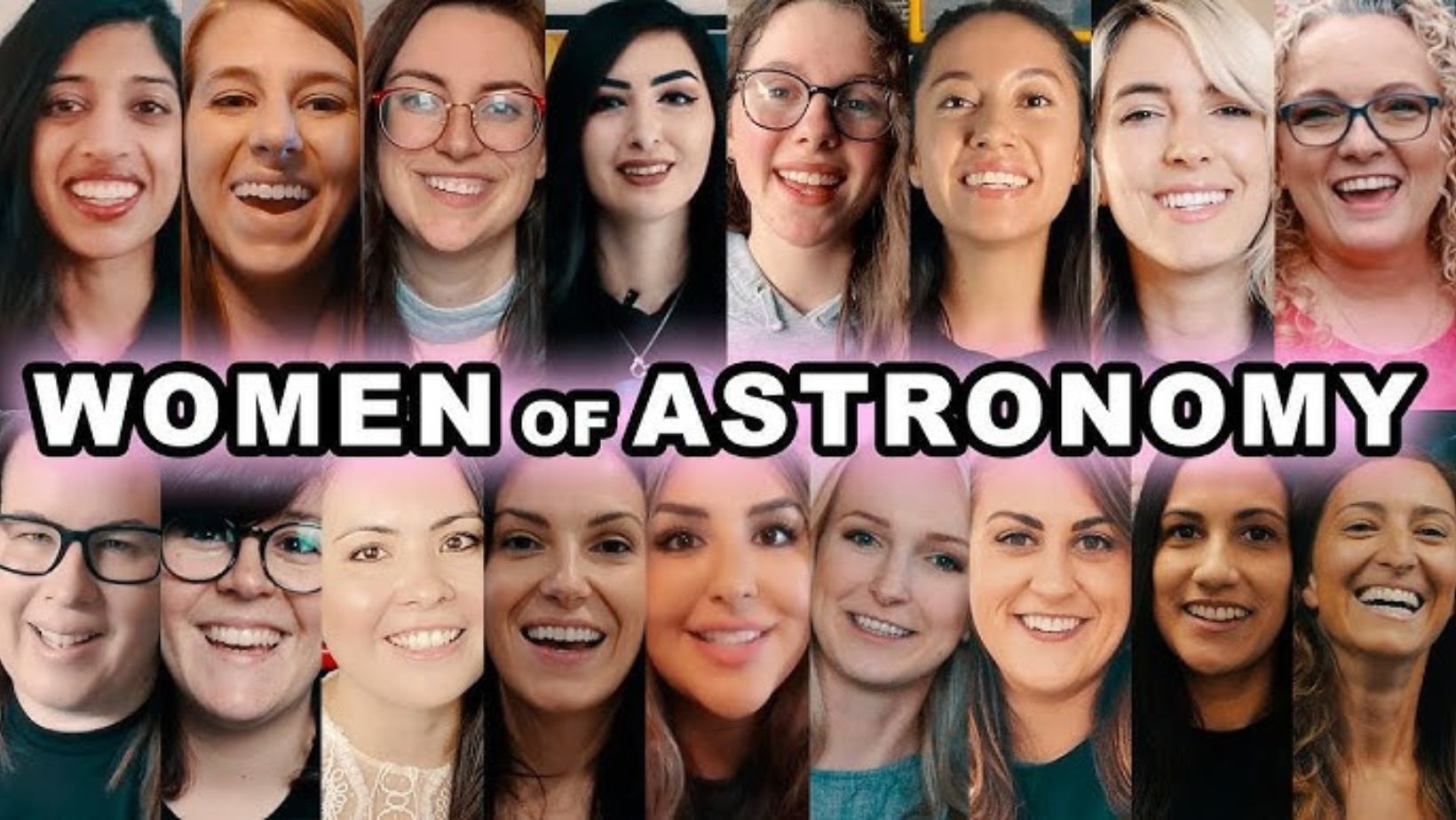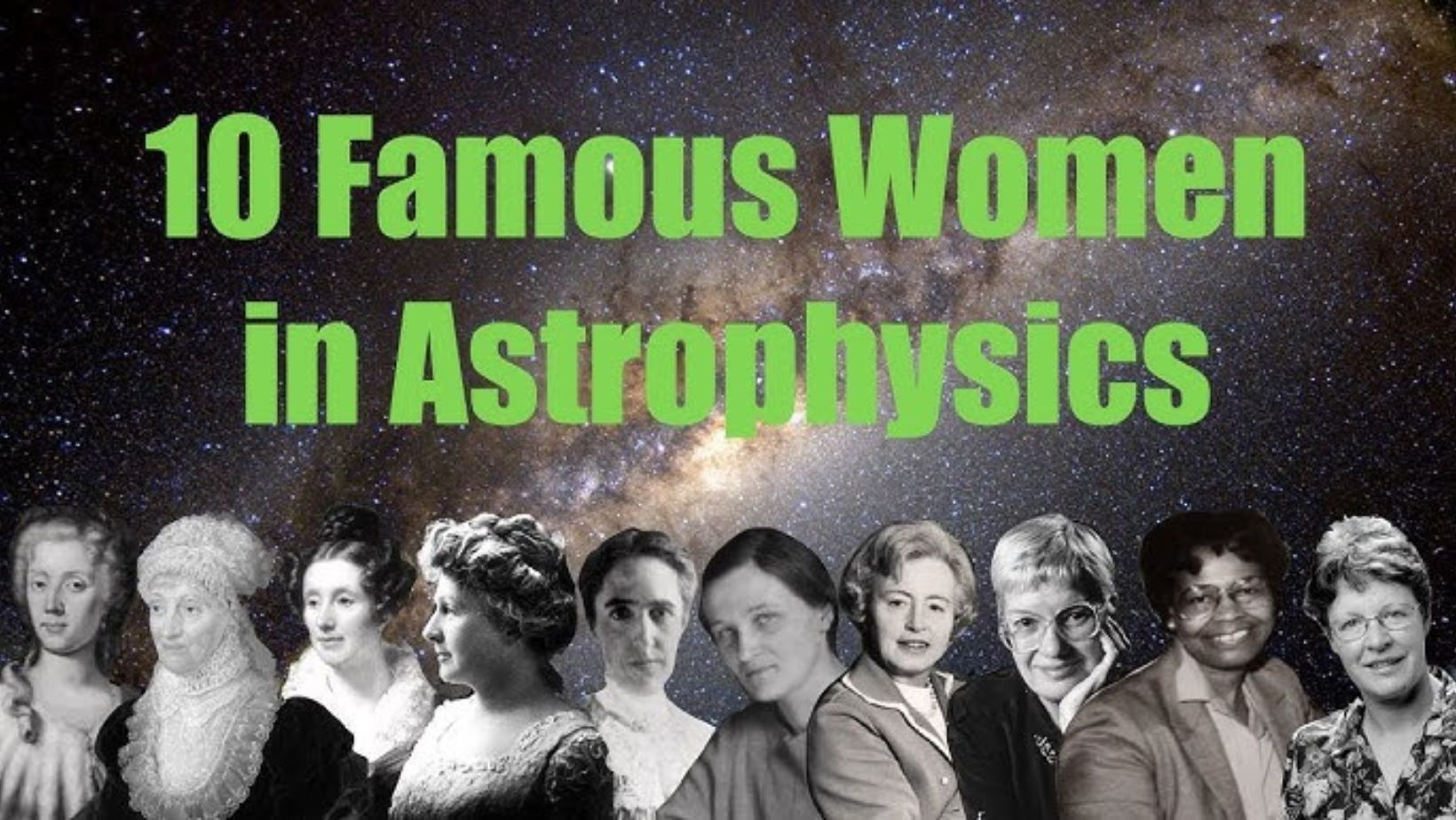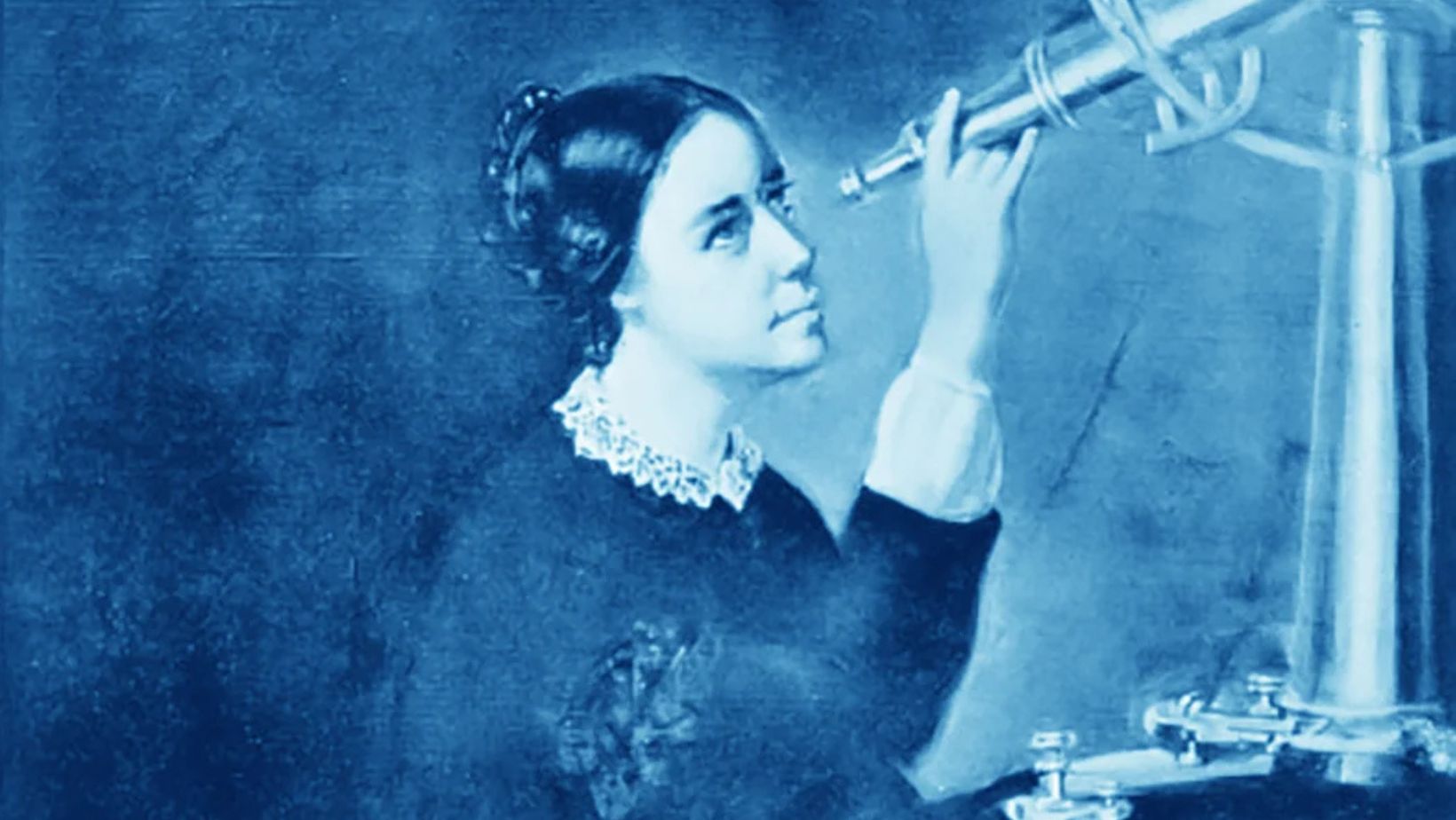For centuries, women have been sidelined in the world of science. Their contributions to astronomy often went unrecognized, overshadowed by their male counterparts. Yet, despite facing immense barriers, many women made groundbreaking discoveries that changed our understanding of the universe. Highlighting these achievements is crucial, not just to honor their legacy but also to inspire future generations. This blog will explore the remarkable women in astronomy who continue to influence the field today. Join us in celebrating their vital contributions and advocating for a more inclusive scientific community.
A Brief History of Women in Astronomy

Women have contributed to astronomy since ancient times. In Babylon, astronomer and mathematician Enheduanna recorded celestial observations over 4,000 years ago. Ancient civilizations, including the Greeks and Mayans, also acknowledged women in their astronomical practices, although their contributions were often overlooked.
During the Renaissance, women’s roles began to gain more recognition. Notable figures like Maria Winkelmann made significant discoveries in the 17th century, including the discovery of a new comet. Despite this, women still faced many barriers to formal education and professional recognition.
The 19th and 20th centuries saw crucial milestones in acknowledging women’s contributions. In 1925, astronomer Cecilia Payne-Gaposchkin became the first woman to earn a PhD in astronomy from Harvard University. The latter half of the 20th century brought increased visibility to women in the field, with initiatives promoting gender equality and women’s scientific accomplishments.
Today, women continue to play vital roles in astronomy and astrophysics. Their historical contributions laid the foundation for future generations, inspiring ongoing efforts to achieve gender parity in science.
Pioneering Figures in Astronomy
Caroline Herschel was a trailblazer in the field of astronomy. Born in 1750 in Germany, she became the first woman to receive a salary as an astronomer. Herschel discovered eight comets, including the famous comets 35P/Herschel-Rigollet and 1P/Halley. Her contributions greatly advanced the study of celestial bodies.
Maria Mitchell, another influential figure, was born in 1818 in Massachusetts. She became the first woman to discover a comet in 1847, known as Miss Mitchell’s Comet. Mitchell’s discovery garnered international acclaim and helped establish her as a respected astronomer. She also played a crucial role in advocating for women’s education in science.
Both women faced significant challenges due to their gender but persisted in their work. They not only made groundbreaking discoveries but also inspired future generations of female astronomers. Their legacies highlight the importance of diversity in science and the need for recognition of women’s contributions to astronomy. Today, their names are celebrated, and their achievements serve as a reminder of the valuable role women play in the scientific community.
The Role of Women in the 20th Century Astronomy

The early 1900s marked a significant shift for women in astronomy. During this time, women began to secure positions in observatories, contributing to groundbreaking discoveries. Notable figures like Henrietta Leavitt emerged, known for her work on Cepheid variables, which helped measure cosmic distances. Her findings laid the foundation for later discoveries about the universe.
As the century progressed, more women entered academic positions. Institutions like Harvard and the Mount Wilson Observatory began hiring female astronomers. These women participated in vital research and played key roles in data analysis. They helped to develop theories that reshaped our understanding of the cosmos.
World War II also catalyzed changes in the field. Many women took on roles traditionally held by men, demonstrating their capabilities in science and engineering. This period led to a broader acceptance of women in professional roles. By the end of the century, women were making substantial contributions in various branches of astronomy, from planetary science to astrophysics. Their advancements helped pave the way for future generations, ensuring that women’s contributions to astronomy would be recognized and valued.
Notable Modern Women Astronomers
Contemporary women astronomers have made significant contributions to our understanding of the universe. Vera Rubin was a pioneering figure in the study of dark matter. Her work in the 1970s provided crucial evidence for its existence. By analyzing the rotation curves of galaxies, Rubin demonstrated that visible matter alone could not account for the gravitational effects observed.
Jocelyn Bell Burnell also made remarkable contributions to astronomy. As a graduate student in 1967, she discovered the first pulsar, a type of rotating neutron star that emits beams of radiation. This discovery was groundbreaking and opened a new field of study in astrophysics.
Both Rubin and Bell Burnell faced challenges in gaining recognition for their work. Despite these obstacles, they have inspired countless women in science. Their contributions continue to shape our understanding of fundamental cosmic phenomena. Modern astronomy owes much to these trailblazing women, whose work has advanced the field and changed how we perceive the universe.
Women in Astronomy Education and Research
Women have made significant strides in astronomy education and research. Their presence in academic institutions has grown over the past few decades. Many universities now offer programs specifically aimed at encouraging women to pursue careers in science, technology, engineering, and mathematics (STEM). These initiatives include scholarships, mentorship programs, and networking opportunities.
Statistics show an increasing number of women pursuing degrees in astronomy and related fields. According to recent data, women earn nearly 50% of bachelor’s degrees in astronomy and astrophysics. This percentage has steadily risen, reflecting a shift towards gender equality in the field.
Research institutions are also recognizing the value of diverse perspectives. Women are contributing to groundbreaking research projects and leading initiatives in space exploration. Their involvement is essential for fostering innovation and new ideas in astronomy. As more women enter academia and research, they continue to shape the future of the field, inspiring the next generation of female astronomers.
Challenges Faced by Women in Astronomy
Women in astronomy face several challenges that hinder their progress. One major barrier is gender bias, which persists in many academic and research settings. This bias can affect hiring practices, funding opportunities, and career advancement. Women often have to prove their capabilities more than their male counterparts.
Discrimination also impacts women’s visibility in the field. Studies show that women are frequently underrepresented in published research and conference presentations. This lack of recognition can undermine their contributions and discourage younger female astronomers. Many women report feeling isolated in male-dominated environments, further exacerbating the issue.
Additionally, work-life balance poses a significant challenge. The demands of academia and research often clash with family responsibilities. Many women face pressures that can make it difficult to maintain both their careers and personal lives. Addressing these challenges is crucial for creating a more inclusive and equitable environment in astronomy. Solutions include mentorship programs, flexible work arrangements, and policies that promote diversity.
The Impact of Organizations Supporting Women in Astronomy
Organizations play a crucial role in promoting women’s contributions to astronomy. Groups like the American Astronomical Society (AAS) and Women in Astronomy provide vital support and resources. They create networks that connect women in the field, fostering collaboration and mentorship.
The AAS has initiatives that focus on enhancing the visibility of women astronomers. This includes awards and recognitions specifically for female researchers and educators. Additionally, the organization hosts conferences that prioritize diversity and inclusion. These events provide platforms for women to showcase their work and connect with peers.
Women in Astronomy focuses on addressing the unique challenges faced by women in the field. They offer resources like workshops and career development programs. These initiatives aim to empower women, helping them navigate academic and professional landscapes. Furthermore, they promote policies that encourage equal opportunities and representation.
Overall, these organizations significantly impact women’s participation in astronomy. They create supportive environments that enable women to thrive. By advocating for equity and inclusion, they help shape a more diverse future for the field.
The Future of Women in Astronomy

The future of women in astronomy looks promising, with trends indicating increasing participation. More women are pursuing degrees in science, technology, engineering, and mathematics (STEM) fields. Recent statistics show a steady rise in female students enrolling in astronomy programs. This shift reflects broader societal changes towards gender equality in education.
Moreover, women are gaining visibility in leadership positions within academic and research institutions. Organizations are actively promoting initiatives that support women’s career advancement. These efforts include mentorship programs, networking opportunities, and funding for research projects led by women. As these trends continue, we can expect more female astronomers making significant contributions.
The potential for future contributions is vast. Women bring diverse perspectives that can lead to innovative research and discoveries. Their involvement can enhance collaboration and drive new approaches to understanding the universe. As the field embraces inclusivity, the collective knowledge and skills of women will shape the future of astronomy.
In conclusion, the increasing participation of women in astronomy heralds a brighter future for the field. Their ongoing contributions will not only advance scientific knowledge but also inspire the next generation of female astronomers.
Conclusion: Women in Astronomy
Women have made significant contributions to astronomy throughout history, breaking barriers and achieving groundbreaking discoveries. From early pioneers like Caroline Herschel to modern leaders like Vera Rubin, their impact is profound and enduring. Despite facing challenges, women’s roles in astronomy continue to grow, supported by organizations advocating for equality and representation. It is crucial to celebrate these achievements and encourage the next generation of female scientists. By supporting and promoting women in science, we can foster a more inclusive and innovative future in astronomy, ensuring that all voices contribute to our understanding of the universe.
FAQs
Why are women’s contributions to astronomy often overlooked?
Women’s contributions have historically been minimized due to societal norms and biases that favored male scientists. Many women worked in the shadows of their male counterparts or faced barriers to recognition and publication, leading to a lack of visibility in the field.
How can I support women in astronomy?
You can support women in astronomy by advocating for gender equity in science, participating in initiatives promoting female scientists, and engaging with organizations that focus on supporting women in STEM fields. Additionally, following and sharing the work of female astronomers on social media can help raise awareness.
Are there scholarships specifically for women pursuing astronomy?
Yes, various scholarships and fellowships are available specifically for women in astronomy and related fields. Organizations like the American Association of University Women (AAUW) and other educational institutions offer funding opportunities aimed at increasing female participation in science.
What are some notable awards for women in astronomy?
There are several awards recognizing women’s achievements in astronomy, including the Annie Jump Cannon Award in Astronomy and the Maria Mitchell Award. These honors celebrate outstanding contributions and promote visibility for women in the field.
How has the representation of women in astronomy changed in recent years?
The representation of women in astronomy has steadily improved, with more women pursuing advanced degrees and taking on leadership roles in research institutions. Increased awareness of gender disparities and supportive initiatives have contributed to this positive trend, paving the way for future generations.

